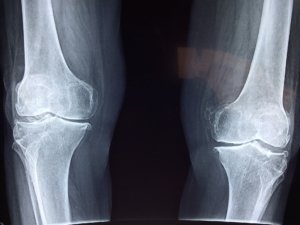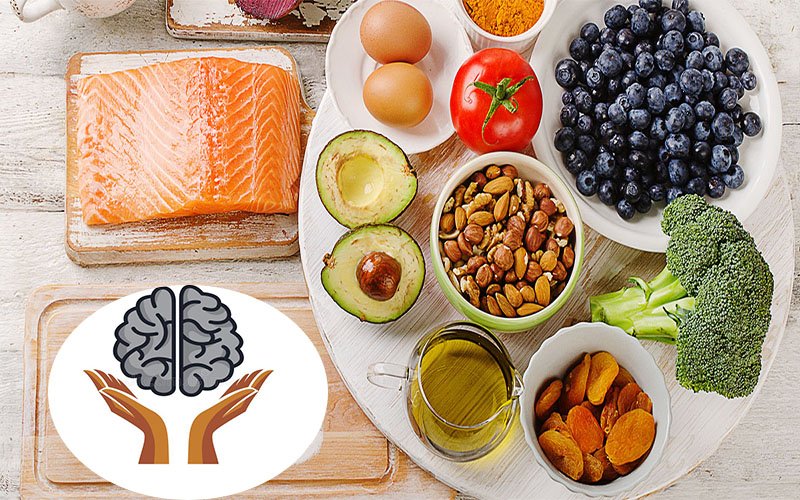What Is Joint And Why Keeping Healthy Joints Matter – A Complete Guide | Naturactin Health and Wellness
Naturactin Health and Wellness
What is Joint and Why it Matter

A joint is where two or more bones are joined together. Joints can be rigid, like the joints between the bones in your skull, or movable, like knees, hips, and shoulders. Many joints have cartilage on the ends of the bones where they come together. Healthy cartilage helps the body move by allowing bones to glide over one another. It also protects bones by preventing them from rubbing against each other.
Keeping your joints healthy will allow you to run, walk, jump, play sports, and do the other things you like to do. Physical activity, a balanced diet, avoiding injuries, and getting plenty of sleep will help you stay healthy and keep your joints healthy too.
Important Steps t Follow to Keep Healthy Joints
1- Keep Your Weight Under Control
Keeping your weight within a healthy range is the best thing you can do for your joints. Weight-bearing joints, such as your knees, hips, and back, have to support some, if not all, of your body weight. That’s why so many overweight people have problems with these areas of the body.
The higher the number on your bathroom scale, the more wear and tear you put on your joints. Losing weight reduces pressure on your knees, hips, and back and helps prevent joint injury. Research has shown that with every pound gained, a person puts four times more stress on the knees.
Make sure your exercise routine includes activities that strengthen your core. That includes your chest, back, and abdomen. Stronger abs and back muscles help you keep your balance and prevent falls that can damage your joints.
2- Exercise Regularly for Healthy Mobility

Exercise can help you lose extra pounds and maintain a healthy weight. Some research suggests that aerobic exercise — activities that get your heart rate up — can reduce joint swelling. If your joints bother you, opt for exercises that won’t give your joints a pounding. Instead of step aerobics, try low-impact exercises such as swimming or bicycling.
Another healthy idea: Don’t sit still! Couch potatoes, computer addicts, and all who remain glued to a chair all day long have a high risk for joint pain. Less movement means more stiffness in your joints. So get up and get moving. Change positions frequently. Take frequent breaks at work, and stretch or go for a short walk. If you can’t leave the office, try taking phone calls while standing.
3- Consider Building Muscles to Supports Joints

Strong muscles support your joints. If you don’t have enough muscle, your joints take a pounding, especially your spine, hips, and knees, which must support your entire body weight. Weight training exercises help build muscle and keep your muscles and surrounding ligaments strong. That way, your joints don’t have to do all the work.
A certified personal trainer can show you the best exercises for healthy joints and how to do them correctly. Doing them incorrectly increases the chance of injury.
4- Know your Limits while exercising
Certain exercises and activities might just be too tough for your joints to handle at first. Go slow. Modify exercises that cause joint pain. Ask a trainer, physical therapist, or coach to help you with modifications. You will likely feel some muscle pain after working out for a few days, especially the second and third days. Listen to your body, and learn the difference between “threatening pain” and good muscle-building pain.
5- Adopt perfect postures to protect your joints
Slouching is not good for your joints. Standing and sitting up straight protect your joints from your neck to your knees. Good posture also helps guard your hip joints and back muscles.
Posture is also important when lifting and carrying. For example, if you use a backpack, be sure to put it over both shoulders instead of slinging it over one. Being lopsided puts more stress on your joints. When lifting, use the biggest muscles in your body by bending at your knees instead of bending your back.
6- Protecting your body protects your joints
Make sure you always wear a helmet, knee pads, and elbow and wrist pads when taking part in high-risk activities, including work-related ones such as repetitive kneeling or squatting. Even if you think you’re a pro on a bicycle or on a pair of Rollerblades, you should never go without safety gear. Hit the wrong bump in the road, and you could be headed for a lifetime of trouble. Serious injuries or several minor injuries can damage cartilage. Injuries can lead to long-term joint problems.
Elbow and wrist braces, or guards, also help reduce stress on your joints during activities.
7- Use ice often for healthy joints

Ice is a great drug-free pain reliever. It helps relieve joint swelling and numbs the pain. If you have a sore joint, apply ice wrapped in a towel or a cold pack to the painful area for no more than 20 minutes. Don’t have ice or a cold pack? Try wrapping a bag of frozen vegetables (peas work best!) in a light towel. Never apply ice directly to the skin.
8- Eat right and consider using supplements to support healthy joints

Eating a healthy diet is good for your joints because it helps build strong bones and muscles.
For your bones, make sure you get enough calcium every day. You can do this by eating foods such as milk, yogurt, broccoli, kale, figs, and fortified foods like soy or almond milk. If those foods don’t tempt your taste buds, ask your doctor if calcium supplements are right for you.
For your muscles, you need to get enough protein. Exactly how much you need depends on your age, sex, and how active you are. Most Americans get enough protein. Good sources include lean meats, seafood, beans, legumes, soy products, and nuts. Go for a variety.
You also need vitamin D to keep your bones and joints in good health. Vitamin D helps your body absorb calcium from the foods you eat. Dairy products. Many kinds of cereal, soy milk, and almond milk are fortified with vitamin D. You can ask your doctor about the proper amount of vitamin D and ways you can get it.
Oranges may also give your joints a healthy boost. Some studies suggest that vitamin C and other antioxidants can help keep your joints healthy.

Paul Ambolo
Blog Contributor
For Inquiries feel free to Contact Us
For our Free Health Quiz, visit www.naturactin.net
Visit our store – www.naturactin.shop






Leave a Reply
Want to join the discussion?Feel free to contribute!